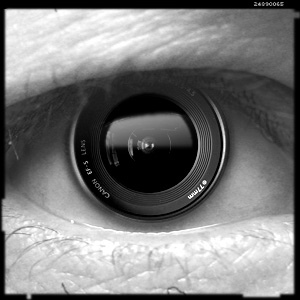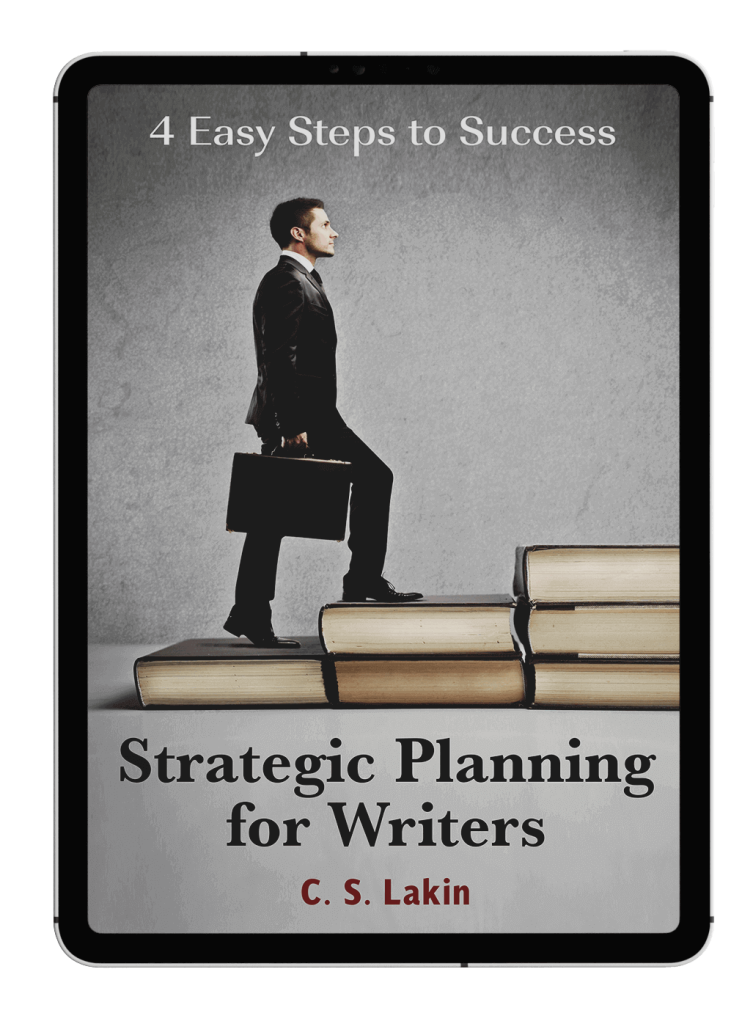Show, Don’t Tell, How Time Is Passing
“Show, don’t tell.” Novelists know this mandate. But there are many different ways to “show,” and now that we’ve spent…

“Show, don’t tell.” Novelists know this mandate. But there are many different ways to “show,” and now that we’ve spent…

Films have so many fascinating ways to alter time and perception. They can use techniques to make action slow way…

Shapes are probably the last thing on a novelist’s mind when constructing a scene or an image system for a…

We all know the power of color, and books have been written in detail on the effect each color has…

Last week we took a brief look at camera angles and how they can be used to subconsciously imply either…

Last week, we touched on a concept called Image Systems, which is something filmmakers consider when preparing to shoot their…

As we continue on with exploring cinematic secrets that can supercharge your novel, we’re going to focus on something that is crucial…

We’re now going to spend quite a few weeks looking at the purview of filmmakers. Why? Because there is so…

We’ve been looking at how adept and creative novelists use a combination of “camera shots” to structure their scenes, mimicking…

Subscribe to my email blasts to level up your writing and be notified of upcoming events and offers!
No products in the cart.